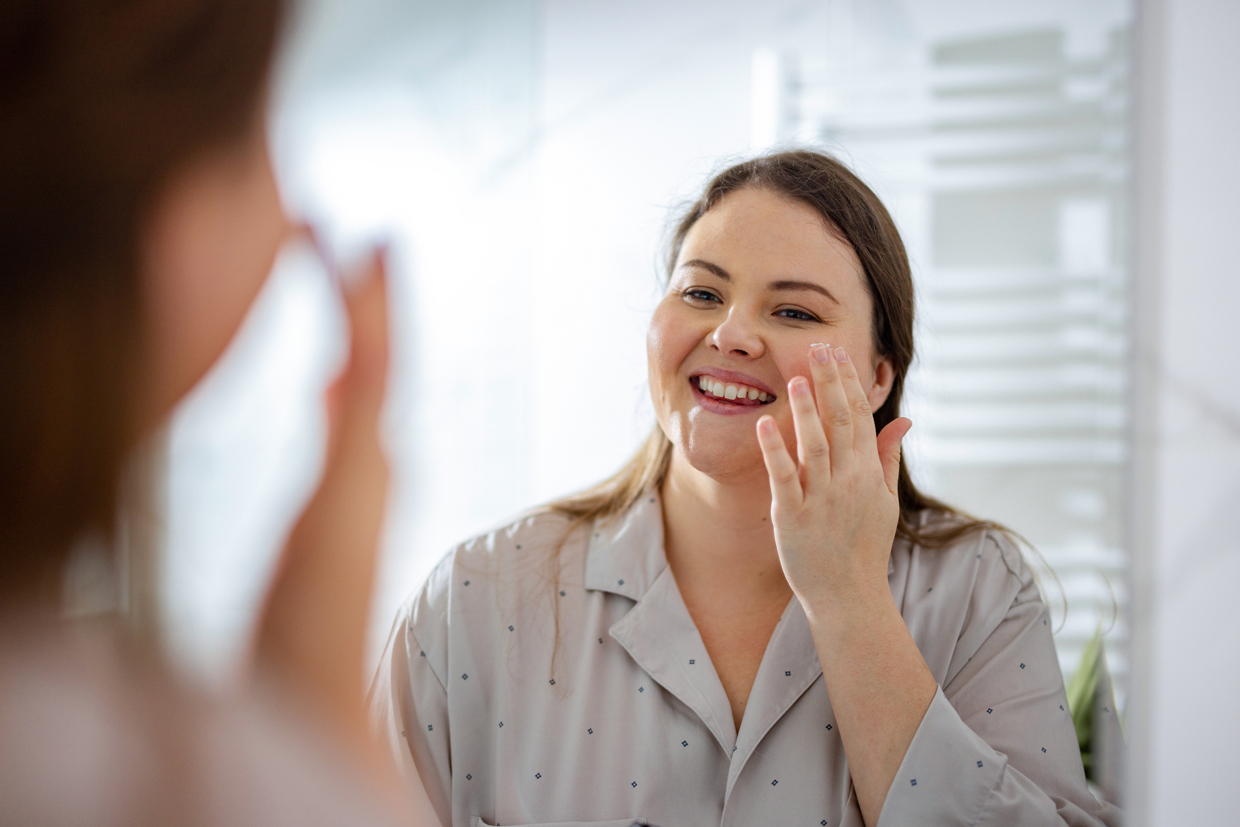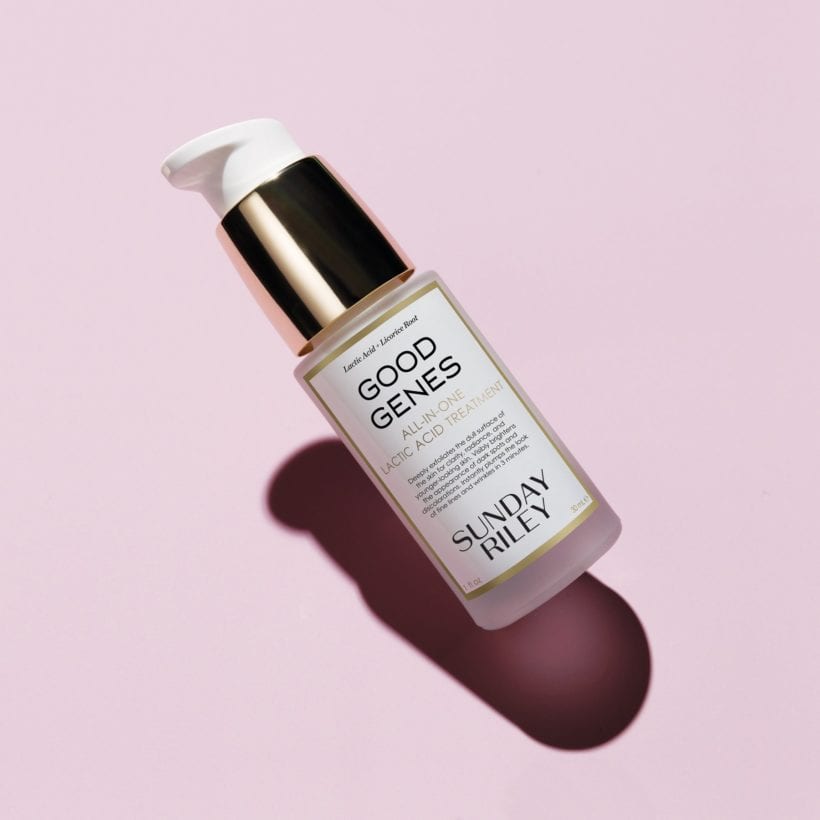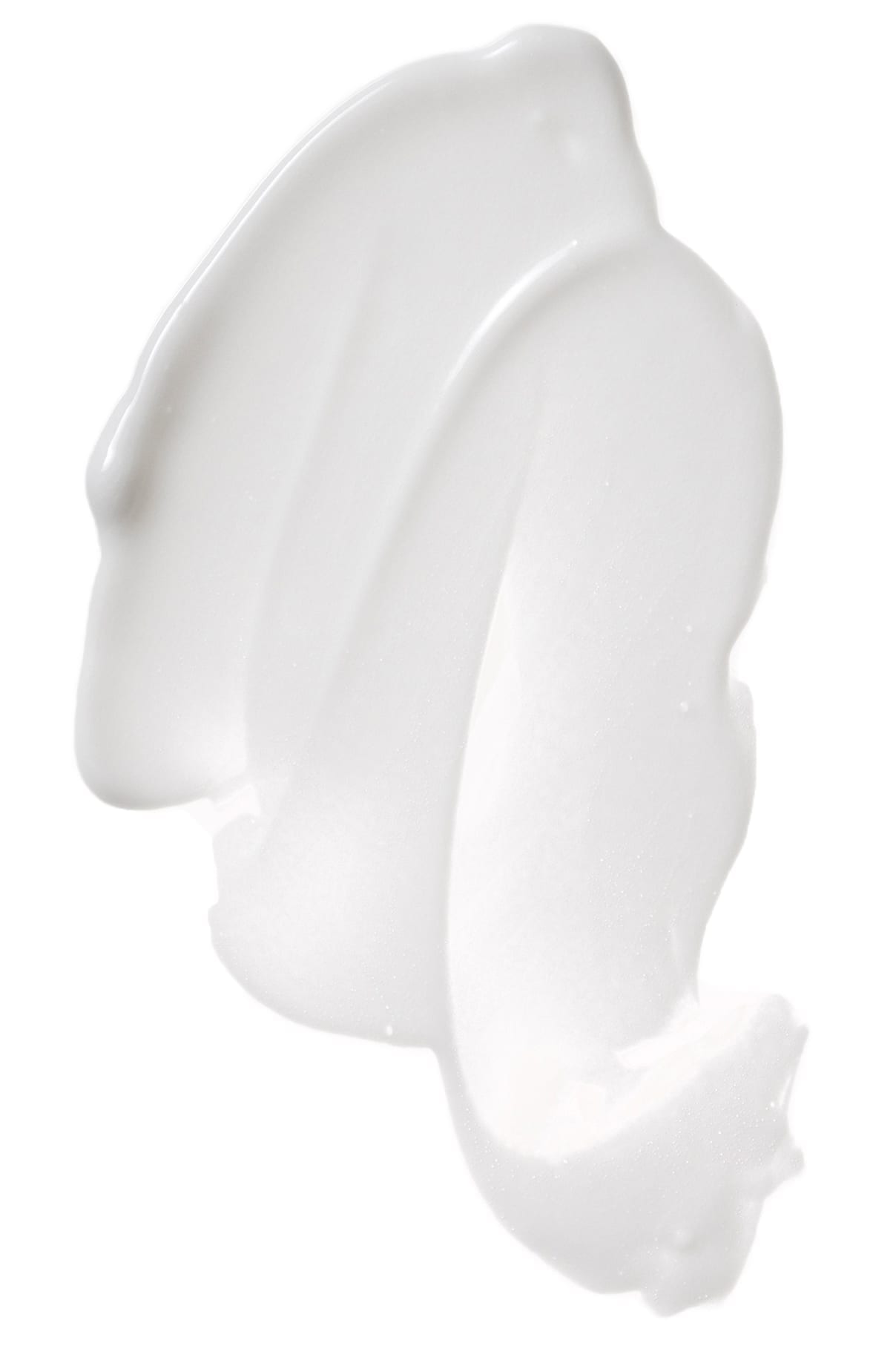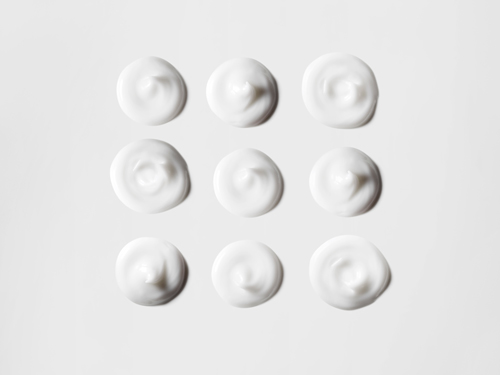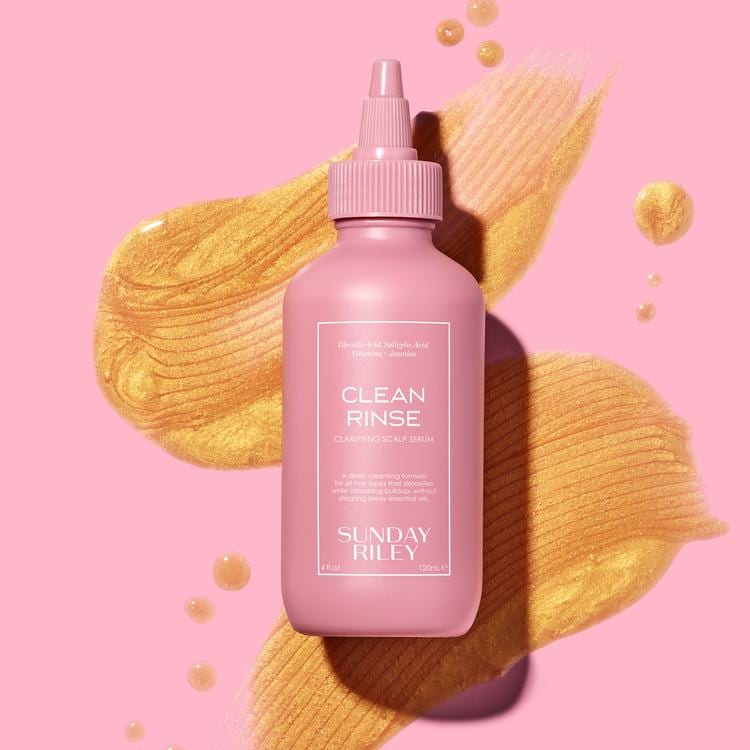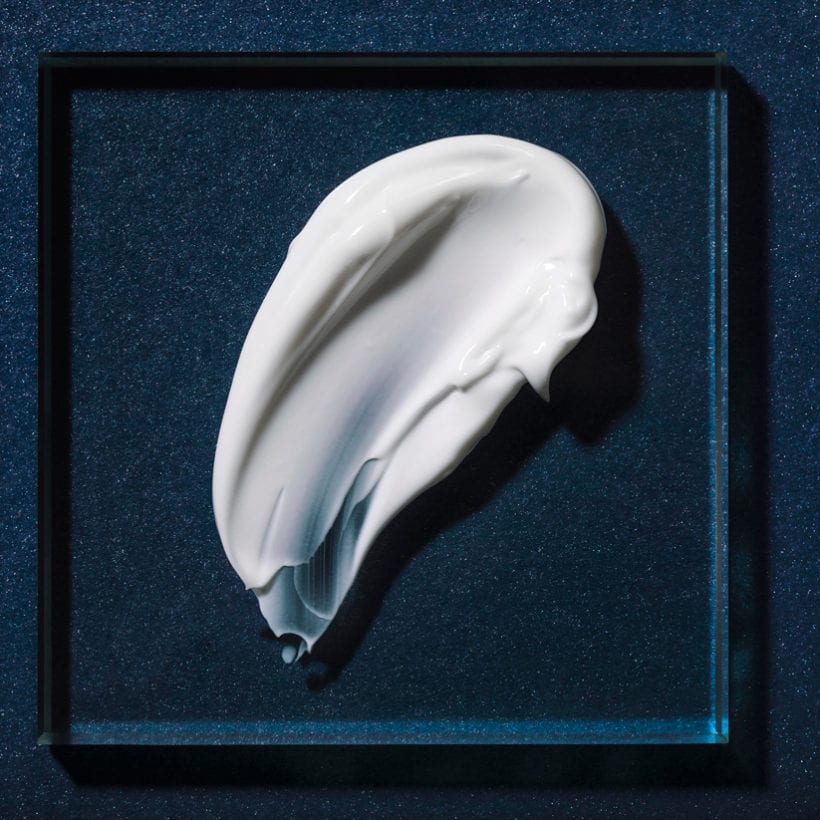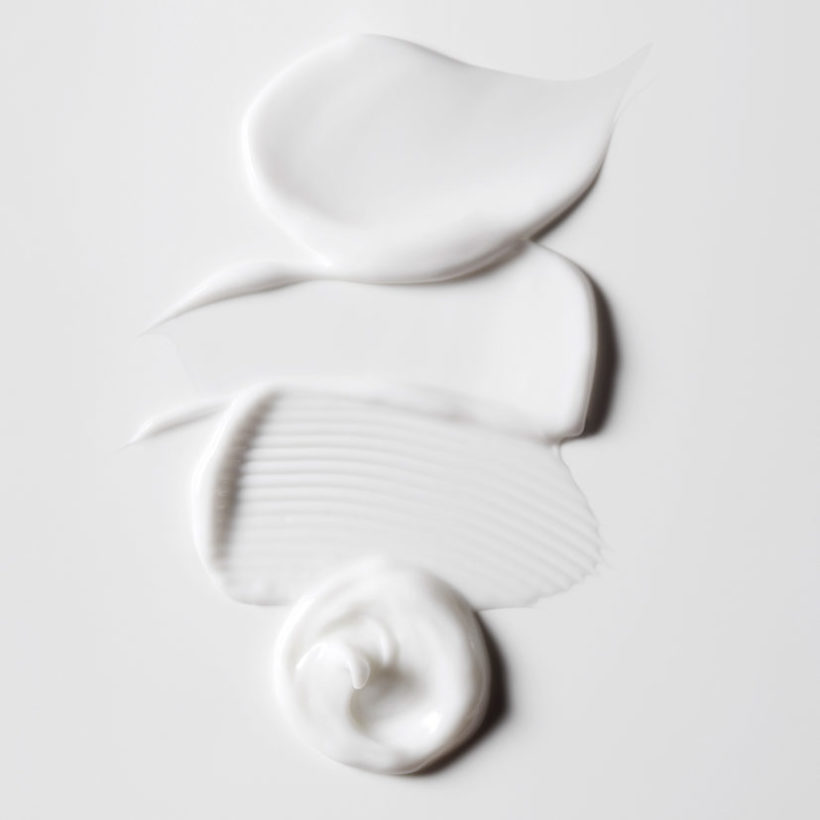Alpha hydroxy acids (AHAs) are a staple ingredient in many of today’s skincare products, but navigating through the world of skincare acids can be baffling. So, we did the work for you and created this compendium that answers every burning question about the beloved skincare ingredient.
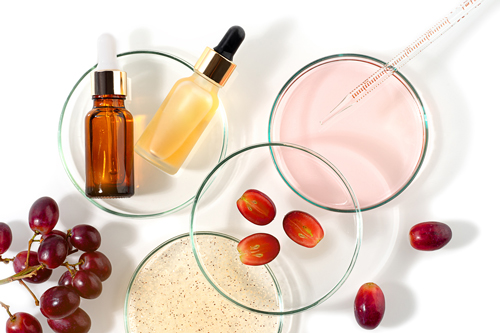
What Are Alpha Hydroxy Acids?
AHAs were discovered when scientists realized their effects on skin keratinization (or, the process of cells producing keratin). From there, their reputation has grown. Dr. Joshua Zeichner, a board-certified dermatologist in New York City, calls AHAs “one of the most effective classes of ingredients to address aging skin.” It’s the reason why they are a mainstay ingredient in over-the-counter face serums, cleansers, exfoliators, body lotions, and facial peels.
Meet the Experts
Dr. Joshua Zeichner is a board-certified dermatologist in New York City.
Dr. Julie Russak is a board-certified dermatologist in New York City.
Dr. Mariano Busso is a board-certified dermatologist in Miami and Beverly Hills, CA.
Their benefits are proven, too: AHAs are among the more studied anti-aging ingredients in a modern-day skincare routine. Dr. Julie Russak, a board-certified dermatologist in New York City, says AHAs exfoliate, brighten the skin, help with acne and acne scarring, and promote collagen production. “Plus, since they help exfoliate dead skin cells, they allow skincare products to penetrate the skin better and achieve better results,” she adds.
Alpha hydroxy acids are the gold standard for skin exfoliation, says Dr. Mariano Busso, a board-certified dermatologist in Miami and Beverly Hills, CA. “Exfoliation is one of the pillars of any skin regimen helping with skin texture, color, glow as well as facilitating the penetration of other skincare products,” he adds.
Types of AHAs
Under the AHA umbrella, there are a variety of different acids that work in their unique ways:
Glycolic Acid
Glycolic acid comes from sugarcane and works best for lifting away dead skin cells, evening out the skin’s texture and tone, and inducing collagen production. It’s the smallest molecule of the bunch, meaning it has a greater ability to penetrate the skin. “It also has a direct effect on activating and increasing fibroblast proliferation — the cells that produce collagen — which helps reduce fine lines and wrinkles,” says Dr. Russak.
Lactic Acid
Gentler on the skin than glycolic acid, milk-derived lactic acid is often recommended for more sensitive skin types because of its larger molecular size, making it harder to penetrate deep within the skin. Cleopatra is said to have bathed in sour milk baths for the acid’s skin smoothing properties. It also increases skin firmness and thickness and helps smooth out wrinkles and fine lines while mitigating acne, too, by decreasing bacteria.
Malic Acid
Apple- and fruit-derived malic acid is a gentle AHA that works well for light exfoliation, brightening the skin, and keeping the pores free of clogging debris, dirt, oil, and dead skin. Because of its gentle nature, malic acid pairs well with other AHAs for a more powerful punch. It also has humectant capabilities to help moisturize the skin.
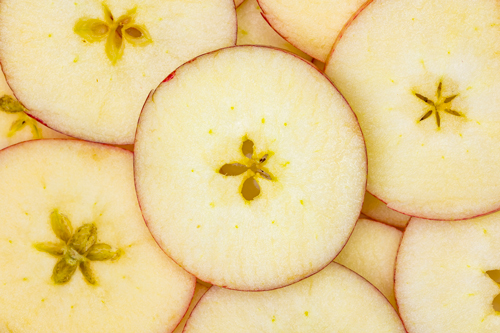
Citric Acid
As its name implies, this citrus-fruit-derived AHA provides a pretty good dose of antioxidants to the skin while also helping to encourage skin cell turnover. Oily skin tends to do well with citric acid since it exfoliates and has astringent properties, too.
Tartaric Acid
Tartaric acid is a bit buzzier in the skincare world, but it’s been around in foods like grapes and tamarinds for ages. It’s a gentle exfoliator that also helps bind water to the skin, so it’s great for adding hydration. Additionally, it keeps your beauty products stable and maintains your formula’s pH.
How AHAs Work
AHAs are water-soluble, meaning they have limited skin penetration. Depending on their molecular makeup, some work on the skin’s surface, and others penetrate deeper into the skin.
“Alpha hydroxy acids work by changing the calcium concentration in the outer skin layer to dissolve connections between skin cells so they more easily can be shed,” says Dr. Zeichner. In addition, each variation of the acid possesses some degree of exfoliating, hydrating, and brightening powers to improve the look and health of the skin.
Exfoliation
The primary effect of AHA is exfoliation. All AHAs provide some degree of chemical exfoliation to lift away dead skin cells on the skin’s surface. “The outer layer of the skin in contact with the environment, the stratum corneum, is formed by dead cells that attach and eventually slough off. AHAs help degrade the connection between these cells, desmosomes, and increase cell desquamation,” he explains. This process triggers skin repair, which Dr. Busso says results in increased cell proliferation and release of cytokines (growth and repair factors). “Through exfoliation, there’s a renewal of the skin layers so that they look more youthful with fewer fine lines and wrinkles.”
Dr. Zeichner says using a smaller molecule, like glycolic acid, allows for the most effective exfoliation. “By helping the skin to shed dead cells on the surface, AHAs can improve radiance and brightness. Without the dead cells, light can better reflect off of the surface of the skin,” he explains. The less dead skin that sits on the skin’s surface, the smoother it appears and the better it can reflect light for that glowing, lit-from-within appearance.
The smaller the AHA molecule and the more efficacious and stronger the acid is, the higher the risk for irritation. So people who have sensitive skin or conditions like rosacea should be careful with glycolic acid products.
Collagen Stimulation
Many expert dermatologists like AHAs for their collagen-stimulating benefits. “They create microscopic damage to the skin, prompting a wound healing response, which stimulates collagen production,” explains Dr. Zeichner. Some AHAs have the power to penetrate deeper into the skin because of their smaller size to work their magic on collagen.
Hydration
It sounds counterintuitive that acid can hydrate the skin, but some AHAs have a proven track record for just that. “Lactic acid has humectant properties, acting like a sponge to call in hydration to the skin,” explains Dr. Zeichner.

Pigmentation and Discoloration
AHAs also help lighten stubborn discoloration that results after a bout of acne or from melasma. By sloughing off the layer of dull, dead skin cells, AHAs have a brightening effect on the skin, which is great for hyperpigmentation as a result of acne scarring. It also decreases inflammation that contributes to acne and cleaning out pores.
Antioxidant Benefits
Some AHAs, specifically citric acid, are lauded for their antioxidant benefits and their abilities to fight off free radical damage.
Who Can Use AHAs
Very sensitive skin types should always stick with larger molecules of AHAs, like lactic acid, which Dr. Zeichner says are better tolerated in general. Acne-prone and oily skin does pretty well with higher concentrations of pretty much any kind of AHA, especially glycolic and citric acids.
However, after any in-office treatment, Dr. Russak recommends waiting at least one week or more until the skin fully heals before resuming the use of an alpha hydroxy acid. “Most people can tolerate them, but if the skin is very sensitive or sensitized, do not use them,” she advises.
How to Incorporate AHAs Into Your Routine
The frequency of use of any AHA depends on the acid that you opt for. Then, factor in your skin type, the climate you live in, and the product’s specific instructions.
For the most part, AHA-based products are safe to use as part of a daily skincare regimen. However, some are better suited for use once or twice per week depending on the product, or until the skin adjusts and can tolerate them daily. And whenever incorporating a new ingredient, like an AHA into your routine, slow and steady wins the race. “Once the skin is used to the regimen, and there is no irritation, we can incorporate an exfoliating lotion once a week to be increased daily as the skin tolerates it,” Dr. Busso says. “Combinations of AHAs such as glycolic and lactic acids are very effective.”
Most at-home use acid-containing products come in serums, lotions, toners, exfoliating washes, creams, and cleansers. Our favorites include Sunday Riley’s Good Genes Lactic Acid Treatment and Glycolic Acid Treatment, C.E.O. 15% Vitamin C Brightening Serum, and Clean Rinse Clarifying Scalp Serum.
Concentrations of AHAs
The goal of using AHAs is to improve the skin, not exfoliate away too much skin or burn, irritate, or inflame it. Every AHA has a safe and acceptable concentration to use on either the face and body or both.
“The bioavailability of the free acid depends on the pH of the formulation,” Dr. Busso says. Products with a lower pH formulation contain more free acid, and something with a neutral pH is almost ineffective. “Buffered glycolic acid preparations provide a slow release of the acid to significantly reduce the chances of irritation at the expense of being weaker,” he adds.
At higher concentrations, AHAs can be used as an in-office chemical peel. In-office chemical peels that use non-buffered glycolic acid, for instance, start at 30% concentration and go up as high as 70%. “Selection of the starting glycolic acid concentration depends on skin sensitivity, condition, and patient tolerance.”
For the most part, AHAs play nice with most other skincare ingredients, especially peptides. However, retinol is the one ingredient you need to be careful pairing with AHAs. “I recommend my patients alternate nights when using AHAs and retinol-containing products,” says Dr. Russak. “I don’t recommend using these two ingredients together as they can be too abrasive and irritating to the skin.” In addition, too many acids on the skin at once can cause redness, peeling, and sensitivity issues. The same rule of thumb holds for beta hydroxy acids, like salicylic acid, too.
Remember: Using an AHA of any kind necessitates daily sunscreen since it can increase the risk of developing a sunburn.
We only recommend products we have independently researched, tested, and loved. If you purchase a product found through our links, Sunday Edit may earn an affiliate commission.
